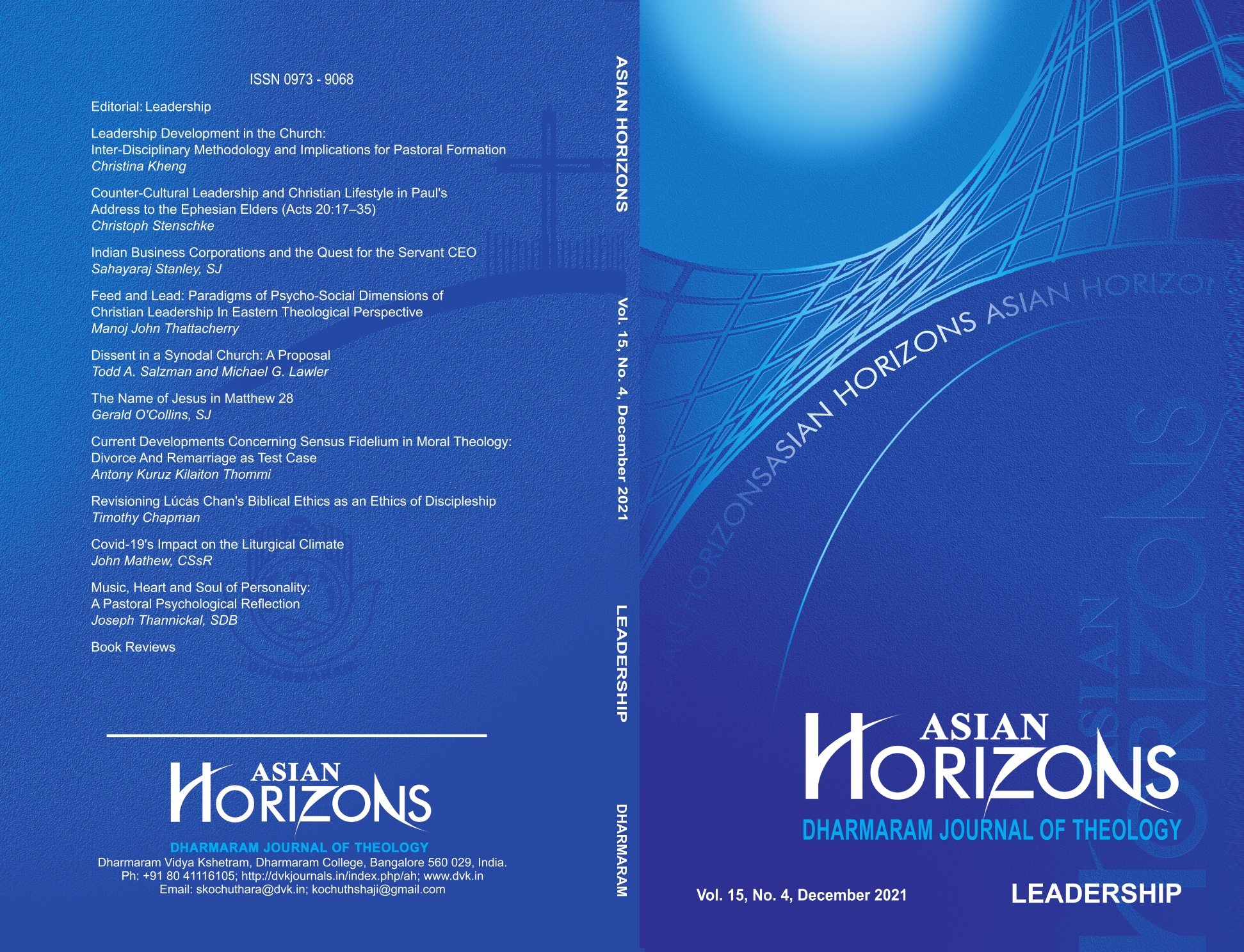Dissent in a Synodal Church: A Proposal
Keywords:
Amoris Laetitia; Communion Church; Conscience; Dialogue; Disagreement; Dissent; Hierarchical Church; SynodAbstract
Currently the Catholic Church is a state of polarization marked by dissent and disagreement between more conservative and more change-accepting Catholics. There is even dissent and disagreement among Church leaders which, when articulated in public, adds to the confusion among lay believers. In this article, we offer various proposals for dealing with that dissent and confusion. There are two models guiding the theology of Church among Catholics. One is a hierarchical model in which the Church is rigidly structured hierarchically and all decisions about doctrine and practice come from the leadership. This model dominated Catholic ecclesiology from the Council of Trent to the Second Vatican Council, which introduced another model of Church, a communion model, in which all lay believers have their part to play in Church decisions. In the hierarchical model, dissent is perceived as a threat to unity and is to be condemned. In the communion model, presented and lived out as a synodal model by Pope Francis, dissent can be addressed by “synodal dialogue” in which “unity prevails over conflict.” In this essay, we recommend that the term dissent be abandoned and replaced with Pope Francis preferred disagreement, which can be addressed in synodal dialogue leading to what Francis calls "unity in diversity," to which he believes the Church is called.

